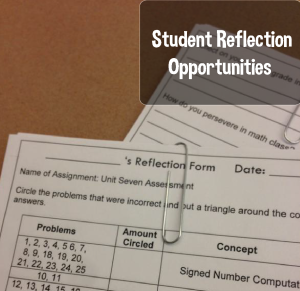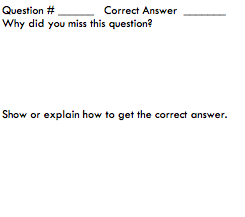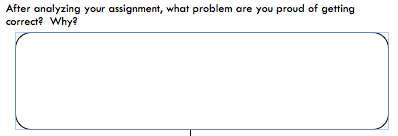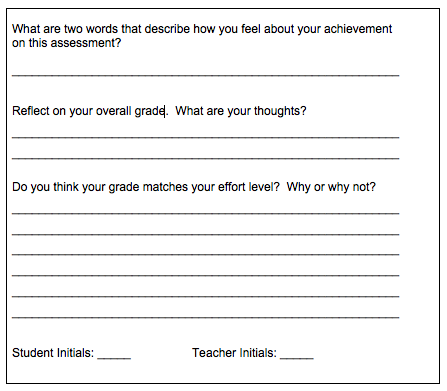
One of my classes explored multiplication, factors, multiples and arrays in December. Students solved problems involving using different multiplication strategies and we thoroughly discussed how arrays can be arranged using the rows and columns as factors. A unit assessment is scheduled for January so students were given a task before break. Students were asked to create a problem involving multiplication. They had to write out the problem, provide three close but incorrect answers, and one correct answer. Students could use dice or a random number generator to create the problem. Most opted to create an original problem.
Students picked problems involving arrays, while others decided to add to the challenge and have students identify factors and distinguish between the product and factors. Other students created square array problems. I found that in the creation process many students had to erase their model and start over. They had to be clear and I reiterated that everyone in the class would need to be able to clearly distinguish the rows, columns and total of an array. Students realized that the array had to be in the form of a rectangle or square and some used a ruler for precision purposes. Yay! Others didn’t. I collected all of the potential questions and answers and brought them home over winter break. I didn’t look at them again for another two weeks. I
Yesterday evening I took pictures of the drawings with my iPad and inserted each question into a quiz. It didn’t take as long as I originally thought to put all the questions and pictures into the quiz. Feel free to access the actual quiz here.

Today I paired students up and they took the class quiz. Students were stoked to see their question on the quiz and the excitement was contagious. It took the students around 15-20 minutes to complete the quiz and the class reviewed each question together. The author of each question revealed themselves as we went through the questions and drawings. Students gave feedback on the questions and I was impressed with how close the incorrect answers were to the actual solutions. They wanted to make sure the students actually read the questions carefully. Good call!
In the future I’d like to add more topics to the quiz. Adding variety will also give students more options to review the topics discussed in class. I feel like this idea has legs and I might use it again later in the year.
 This took the most time, but I feel like it was worthwhile as students were connecting how particular math skills fit within certain learning goals. They started to analyze their unit assessments, journal and
This took the most time, but I feel like it was worthwhile as students were connecting how particular math skills fit within certain learning goals. They started to analyze their unit assessments, journal and 























